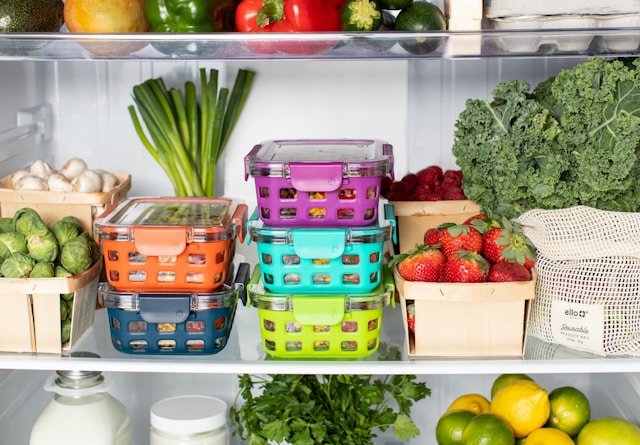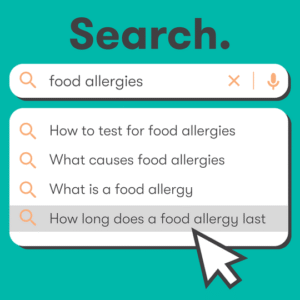
Proper storage of perishable goods is crucial for preserving their quality, safety, and shelf life. Whether managing a commercial kitchen, running a grocery store, or simply organizing your home fridge, avoiding common storage mistakes can help you save money and minimize waste. Many people unintentionally make errors that jeopardize the quality of their perishable items.
Utilizing suitable storage equipment, such as a commercial refrigerator, is vital in preventing spoilage. However, understanding the best practices for storing perishable goods is equally essential. This guide outlines typical storage errors and offers practical tips to help you keep your food fresh and safe.
Storing Food at Incorrect Temperatures
Temperature management is one of the most significant factors in preserving perishables. Foods kept at unsuitable temperatures can experience bacterial growth, resulting in spoilage and potential health hazards.
Common Mistakes
- Setting refrigerator or freezer temperatures too high or too low.
- Leaving perishable items outside the fridge for extended periods.
- Neglecting the “danger zone” for bacterial growth, which falls between 5°C (41°F) and 60°C (140°F).
How to Prevent This
- Keep refrigerators between 1°C and 4°C (34°F to 39°F).
- Regularly monitor fridge and freezer temperatures with a thermometer.
- Transfer meat and dairy to cold storage immediately after purchase.
Poor Organization in Storage Areas
A disorganized storage space not only wastes time but also heightens the risk of food spoilage. Incorrect item placement can obstruct airflow, leading to uneven cooling and quick spoilage.
Common Mistakes
- Overloading the fridge or freezer, which restricts airflow.
- Stacking items improperly, resulting in cross-contamination.
- Positioning new products in front, leaving older items unused.
How to Prevent This
- Arrange food so that air can circulate freely.
- Implement a “first in, first out” (FIFO) approach to prioritize older stock.
- Utilize clear containers to group similar items together.
Improper Packaging of Perishables
The way perishable goods are packaged can have a significant impact on their freshness. Not sealing items properly can lead to moisture loss, freezer burn, or contamination.
Common Mistakes
- Using inappropriate containers or wrapping materials.
- Failing to seal packages tightly, allowing air to enter.
- Keeping items in their original packaging for extended periods.
How to Prevent This
- Opt for airtight containers or vacuum-sealed bags to limit air exposure.
- Securely wrap meat and seafood in plastic or foil before freezing.
- Label packages with dates for freshness tracking.
Overlooking Cross-Contamination Risks
Cross-contamination occurs when harmful bacteria transfer from one food item to another, often due to improper handling or storage.
Common Mistakes
- Storing raw meat above ready-to-eat foods.
- Using the same container for raw and cooked foods.
- Allowing raw meat or seafood juices to drip onto other items.
How to Prevent This
- Always place raw meat, poultry, and seafood on the bottom shelf of the fridge.
- Utilize separate containers for raw and cooked foods.
- Immediately clean spills and sanitize surfaces to minimize bacterial spread.
Neglecting Regular Cleaning of Storage Units
Dirty storage areas facilitate bacteria and mold growth, which can contaminate food and shorten shelf life.
Common Mistakes
- Skipping regular cleaning of fridges, freezers, and shelves.
- Ignoring spills, leaks, or condensation buildup.
- Not checking and replacing worn-out seals or gaskets.
How to Prevent This
- Clean fridges and freezers at least monthly using mild soap and warm water.
- Regularly sanitize shelves, drawers, and containers.
- Inspect and repair damaged seals to maintain consistent temperatures.
Ignoring Expiry Dates
Expiry dates serve an important purpose, yet many people disregard them or fail to rotate their stock effectively, leading to food waste and health risks.
Common Mistakes
- Storing expired goods alongside fresh items.
- Failing to check expiration dates before purchase.
- Ignoring signs of spoilage, such as off smells, discoloration, or mold.
How to Prevent This
- Regularly review stored items and dispose of anything past its expiration date.
- Position items with shorter shelf lives at the front for easy access.
- Train staff in commercial settings to identify and remove expired products.
Not Considering Humidity Levels
Humidity can significantly influence the shelf life of various foods. For example, vegetables require a different storage environment than cheese or bread.
Common Mistakes
- Using a uniform storage method for all perishable items.
- Storing produce in high-humidity conditions that foster mold growth.
- Neglecting to adjust humidity settings on storage equipment.
How to Prevent This
- Store leafy greens in the crisper drawer with high humidity.
- Maintain low-humidity areas for items like cheese and bread.
- Utilize perforated bags for fruits and vegetables to sustain balanced moisture levels.
Conclusion
Effective storage of perishable goods extends beyond merely placing items in a fridge or freezer. By managing temperatures, ensuring proper organization, and addressing cross-contamination, you can enhance the shelf life and quality of your food. Whether for personal or commercial purposes, adopting these practices will help keep your perishable items fresh, safe, and ready for consumption.








